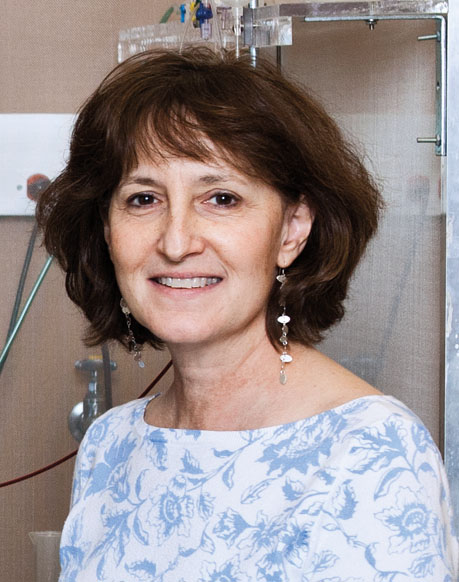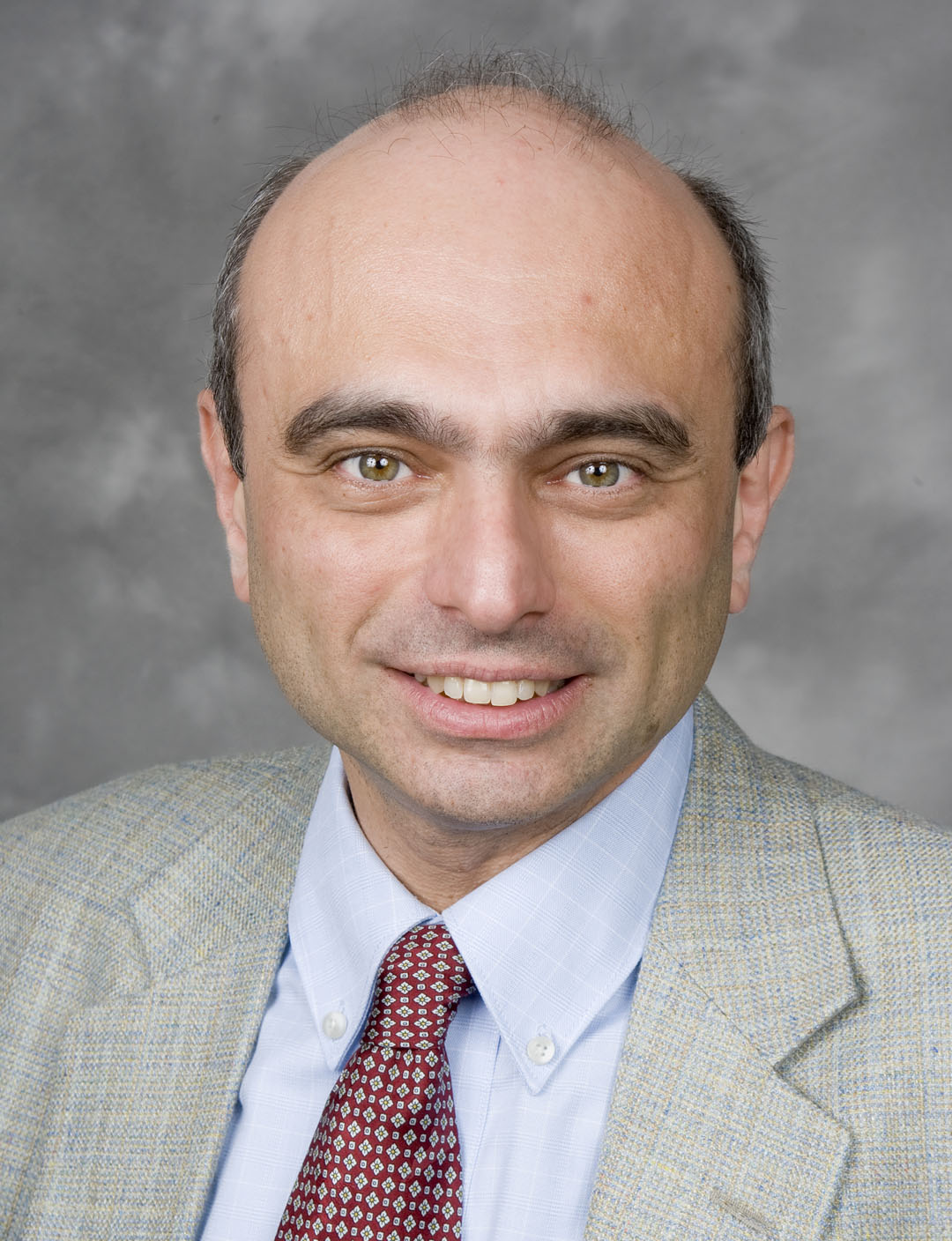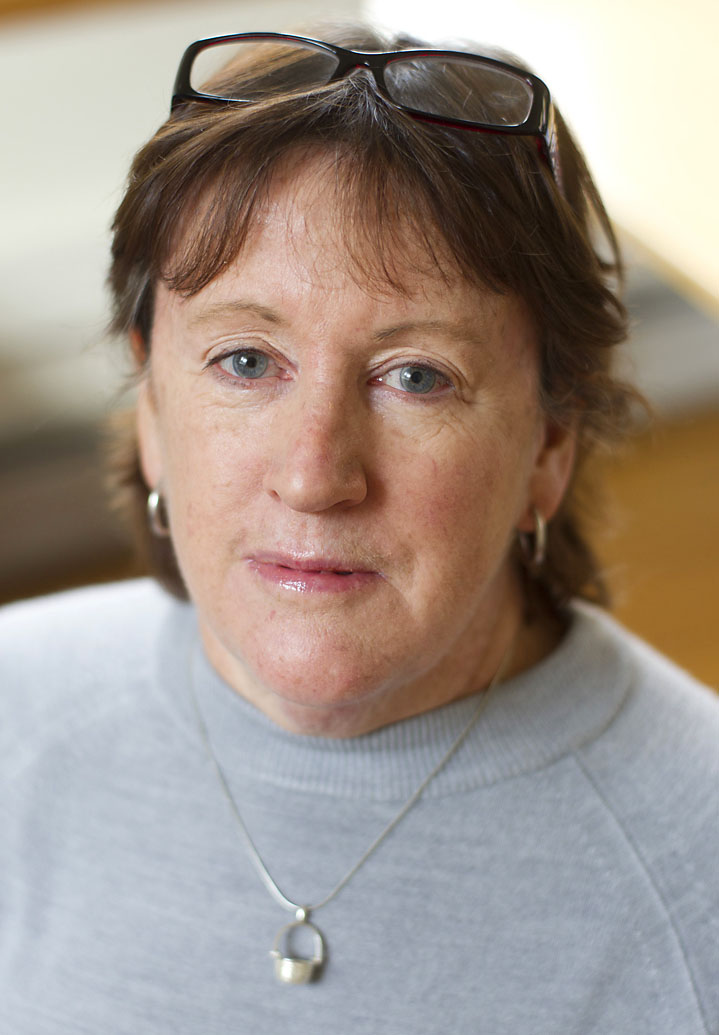PROVIDENCE, R.I. [Brown University] — Brown University’s provost, two members of the faculty and a writer in residence have been elected fellows of the American Association for the Advancement of Science, the world’s largest general scientific society. Election as a fellow is an honor bestowed upon new AAAS members by their peers, who nominate fellows for election by the AAAS Council, the association’s policymaking body.
This year the AAAS recognized 702 fellows for their scientifically or socially distinguished efforts to advance science or its applications. The new fellows will be officially welcomed on Saturday, Feb. 16, 2013, at the AAAS Annual Meeting in Boston. The official announcement of their election will appear in the “AAAS News & Notes” section of the AAAS’s journal Science on Nov. 30.
Approximately 45 current, former, and emeritus/a members of the Brown faculty are AAAS fellows.

Mark Schlissel
Provost, Professor of Biology
Schlissel became Brown’s 11th provost and professor of biology in the Department Molecular Biology, Cell Biology, and Biochemistry, in July 2011. He came to Brown from the University of California–Berkeley where he was dean of biological sciences.
Schlissel earned his M.D. and Ph.D. at Johns Hopkins University School of Medicine in 1986. As an immunologist, he has focused his research on the developmental biology of B lymphocytes, the cell type in the immune system that secretes antibodies. His work has led to a detailed understanding of genetic factors involved in the production of antibodies and how mistakes in that process can lead to leukemia and lymphoma.
At Berkeley he also taught undergraduate and graduate courses in immunology as well as a large introductory course in biology for life science majors.
The AAAS recognized Schlissel “for advancing understanding of lymphocyte development from precursor cells through antigen receptor gene rearrangement of immunoglobulin and T cell receptor genes leading to B and T lineage cells.”

Julie Kauer
Professor of Medical Science
Kauer earned her Ph.D. in pharmacology at Yale in 1986 and came to Brown in 2000. In her research in the Department of Molecular Pharmacology, Physiology, and Biotechnology, Kauer focuses on understanding molecular mechanisms involved in synaptic plasticity, the strengthening or weakening of connections between neurons, and modulation of neuronal excitability. She applies these studies to investigating fundamental processes in memory, chronic pain, and drug addiction.
In the case of addiction, Kauer has found that after even a single exposure to a drug of abuse, signaling can be altered for the long term in synapses in the midbrain ventral tegmental area. Amphetamine produces such an effect within two hours of administration. Her studies of pain, in collaboration with Diane Lipscombe, professor of neuroscience, are focused on determining how the spinal cord may rewire its neural circuits to carry chronic pain signals.
The AAAS honored her “for distinguished contributions in neurophysiology related to mechanisms of activity-dependent synaptic plasticity in the hippocampus and in circuits responsible for addiction.”

Roberto Tamassia
Plastech Professor of Computer Science
Tamassia, who came to Brown after earning his Ph.D. at the University of Illinois—Urbana-Champaign, currently focuses on information security and privacy but also studies design and analysis of algorithms, graph drawing, geometric computing, data management, and information visualization. He has developed fundamental algorithmic techniques for graph drawing with applications to information visualization. His recent work addresses data integrity and privacy issues in cloud computing.
Tamassia has published textbooks on the subjects of algorithms, data structures, graph drawing, and computer security. He has also published more than 230 research articles. He co-founded the Journal of Graph Algorithms and Applications and the Symposium on Graph Drawing. He serves as chair of the Department of Computer Science and director of the Center for Geometric Computing at Brown University.
The AAAS honored Tamassia “for distinguished contributions to algorithms and data structures, particularly for pioneering work on graph drawing, and to computer science education as the author of influential textbooks.”

Cornelia Dean
Science Writer, The New York Times
Writer-in-Residence, Brown University
Dean became a distinguished lecturer and writer-in-residence at Brown in September. She is best known as a science journalist at The New York Times, where she still writes and was science editor between 1997 and 2003. Dean began her newspaper career at the Providence Journal.
Dean, a trustee emerita of the Corporation of Brown University, earned an A.B from the University in 1969 and an M.S. in journalism from Boston University in 1981.
Her first book, Against the Tide: The Battle for America’s Beaches, was published in 1999 by Columbia University Press. Her guide for researchers on communicating with the public, Am I Making Myself Clear?, was published in 2009 by Harvard University Press. She is working on a book about the misuse of scientific information in American public life.
In addition to Brown, Dean teaches at Harvard and has taught at Columbia, Vassar, and the University of Rhode Island. She was a founding member of the advisory board of the Metcalf Institute for Environment and Marine Reporting.
AAAS recognized Dean “for compelling and engaging science and health reporting and journalism education spanning a career in the nation’s newspaper industry.”
